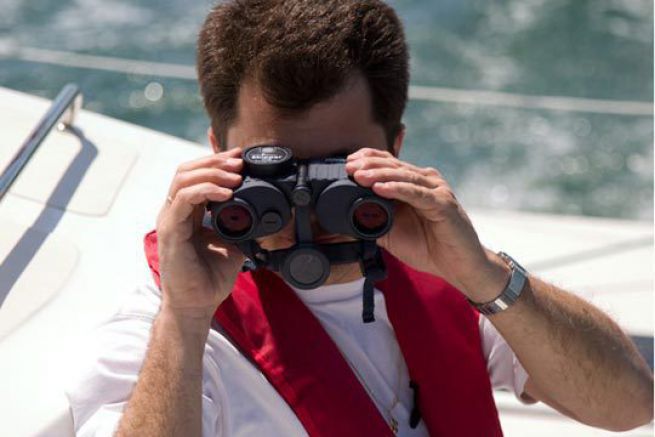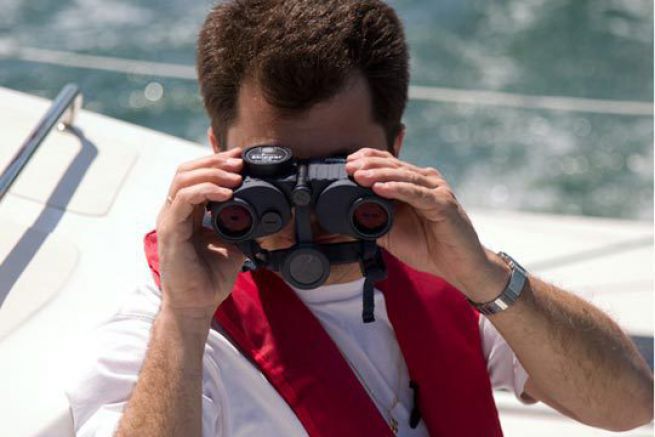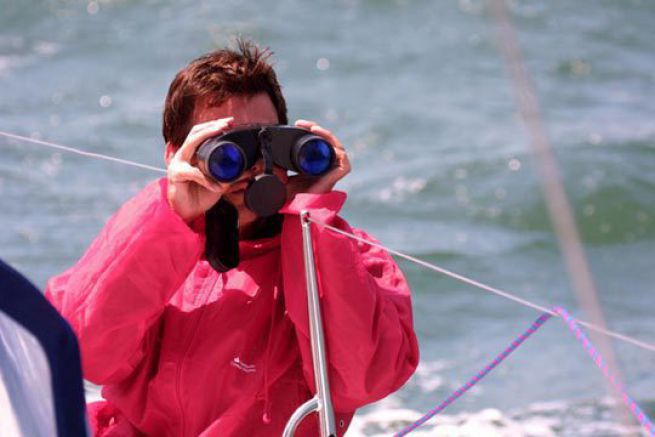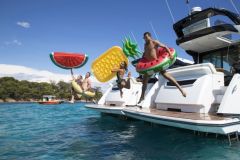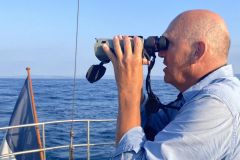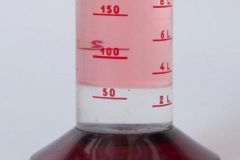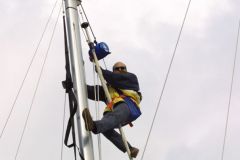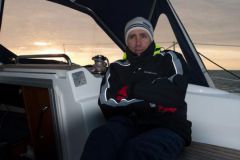Like all equipment, a good pair of marine binoculars is necessarily a compromise. The boat and the purpose for which it will be used will guide your choice. Choosing a pair of binoculars to take on board your sailboat or motorboat calls for a closer look at their technical specifications. A few features are important.
The weight
They should weigh less than 1 kg. Even if you don't wear them for long - which isn't the case in the mountains, for example - binoculars that are too heavy tire the user's arms.
The footprint
Small marine binoculars are easy to store, but difficult to stabilize. They are also less comfortable to hold.
Prism type
Weight and size depend to a large extent on the technology used to build the marine binoculars, particularly the type of prisms.
There are two prism systems:
- roof prism (light passes through the binocular in a straight line)
- porro prism (the offset of the prisms deflects the light beam)
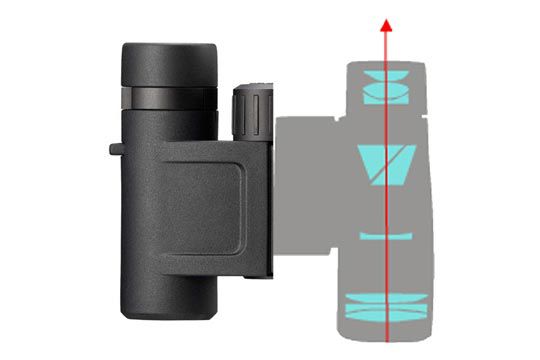
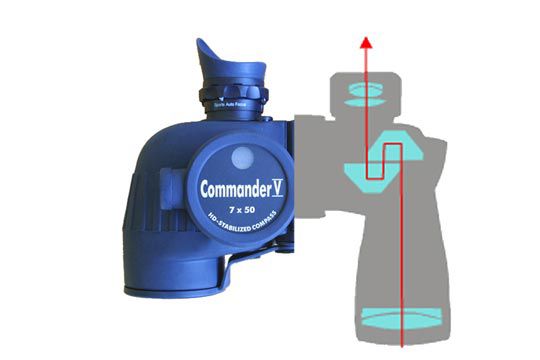
These prisms are both used to invert the image.
Roof prisms are lighter and more compact. Porro prisms have superior optical quality to roof prisms. In the navy, since size is not a primary criterion, Porro prism binoculars are the most popular choice.
Lens treatment
For Porro prism binoculars, two types of lenses are commonly available:
- BK7
- BAK4
The main difference between the two lies in the glass density or refractive index. BK7 uses borosilicate glass and BAK4 uses barium crown glass.
BAK4 is an excellent lens with a higher density that can eliminate internal light scattering and produce sharper images than BK7. BK7 loses some of the light that hits the edges of the prism.
There is a method for determining the lens coating used with Porro prism binoculars. You hold the binoculars upside down away from your eyes, facing a light source, to see the cone of light passing through. With the BK7, you'll notice that there's a square shape cutting through part of the cone, whereas with the BAK4, you'll generally see the entire round cone.
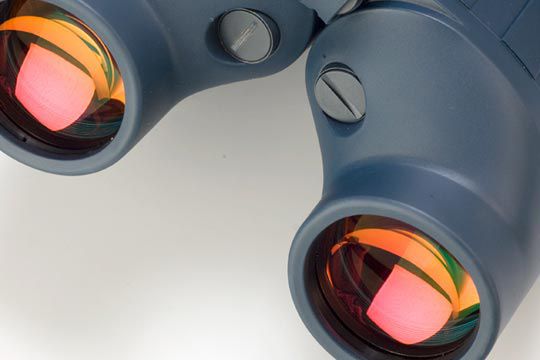
Magnification
High magnification is tempting to see further. But don't forget that you're on a moving boat! This makes it difficult to stabilize the image. At sea, x7 magnification is considered ideal.
Brightness
This is a question of safety. On a clear day, with equal magnification, all marine binoculars are equal. But when it's time to discover details of an anchorage or harbour entrance, a pair of binoculars with good luminosity will perform better.
Setting capability
It's a pleasure to pick up your binoculars and quickly see clearly. Some binoculars have a central adjustment wheel, others are sharp from 20 m to infinity without adjustment. It's all a matter of taste and use.
Wearers of corrective eyewear appreciate adjustable marine binoculars, as they can remove their glasses and obtain their optical correction through the binoculars.
Sealing
We know you're not going to use your binoculars underwater! Why choose a pair of waterproof marine binoculars? Quite simply so that moisture, and even dust, doesn't penetrate the binoculars.
For spectacle wearers
Spectacle wearers will need to fold down the eyecups to use the binoculars (in our photo, the left eyecup is folded down). Unless you remove your glasses and adjust the binoculars to your vision. The interpupillary distance can be adjusted by moving the two bodies of the binoculars closer together or further apart.
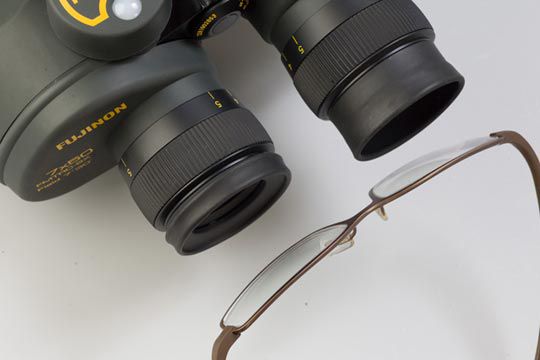
The integrated compass
Some models feature a built-in compass. A rose appears in an optic indicating the aiming direction. A reticle is present to evaluate distances. The compass is often illuminated (usually red, so as not to dazzle). Marine binoculars with compass illumination feature a battery compartment to power the illumination.
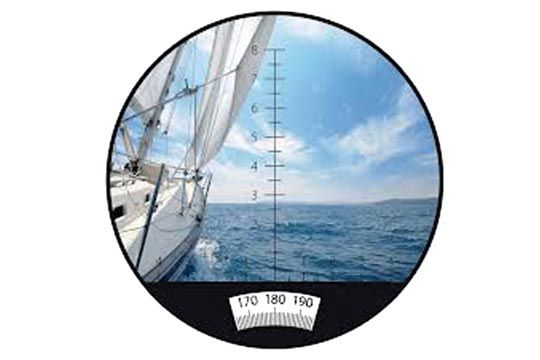

 /
/ 